Tri-ang from toys to Stens
Wartime production in British factories
One of the most famous British weapons of the Second World War, the Sten gun boasted a simple design that not only aided production but also helped an iconic toy company manufacture thousands of them.
4 minute read
Tri-ang toys
The outbreak of war in 1939 required manufacturing companies to stop making peacetime goods like children's toys and instead, start churning out deadly weapons and ammunition. One of these firms was Lines Brothers, based in Merton in south west London.
Lines Brothers was better known under its tradename 'Tri-ang' which was named after the three sides of a triangle and its three founding brothers, Walter, William and Arthur Lines. Some readers may remember the 'Tri-ang' range of colourful sheet metal toy cars, trucks and other vehicles.
Successive generations grew up playing with these toys from their launch in 1919 until well after 1971 when the company ceased trading. Today, the toys are collector's items.
By 1939, Lines had one of the largest and most modern factories in the world, which made it a prime candidate to be repurposed by the British government for war work. Lines started taking on contracts for small arms ammunition, artillery shell fuses and parts for weapons. In 1941, Walter Lines offered to do more than just make parts of weapons.
Redesigning the Sten
As well as a capable factory, Lines' company were specialists in making things out of 'pressed' sheets of steel. Walter proposed a new version of the Sten submachine gun that made extensive use of sheet steel. Lines himself redesigned the already cheaply made Sten to suit the machinery and processes used in his factory which reduced manufacturing time down to just five and a half hours per gun. The War Office approved the design as the Sten Mk.III.
This differed from the better known Mk.II in several ways. Its sheet metal body was longer, extending out along the barrel and replacing the separate hand guard of the Mk.II. The sheet metal construction resulted in a long distinctive rib at the top of the gun, where the two ends of the sheet were welded together.
The Mk.II housing, which was designed to rotate for storage was replaced with a simpler welded on version. Because the barrel was permanently welded into the body, the barrel could not be replaced when it wore out. This was a truly disposable gun, so although it was cheap to make, it was less cost effective in the long run. The gun could also no longer be fitted with a bayonet, although these were rarely used anyway.
The new Sten was put into production in Spring 1942, and an initial contract of 500,000 guns was completed on time by employing three shifts of workers on a 24-hour production line each day.
Women welders' war work
In early 1941 it became compulsory for women aged between 18 and 60 to register for war work and unmarried women aged between 20 and 30 were called up to work either in factories or join the services.
Like so many other arms factories, many women at the Tri-ang factory worked in the critical roles of welding and final hand assembly of the guns. Whilst men (in reserved occupations) with prior manufacturing experience tended to set up and operate the machine tools that made the individual components.
A job well done?
The need for guns was easing and the production of the Mk.II was sufficient in other factories, so the decision was taken to cut the second contract short.
Minimising the chance of more reliability problems in the field (the Sten Mk.II had not been the most dependable gun as it was), the Mk.IIIs were prioritised for issue to the Home Guard. In Home Guard service the guns would be shielded from sand, mud and hard service of frontline combat.
Despite this setback, the Mk.IIIs did go on to see widespread foreign service, as they were dropped to partisan fighters in Europe. When production ceased in Autumn 1943, an astonishing 876,886 guns had been made at Merton.
After the war, Tri-ang went back to doing what they did best, making toys and producing iconic brands like Meccano, Hornby trains, and Scalextric. The company had made a significant contribution to the nation's defence - just as they did to its collective childhood.
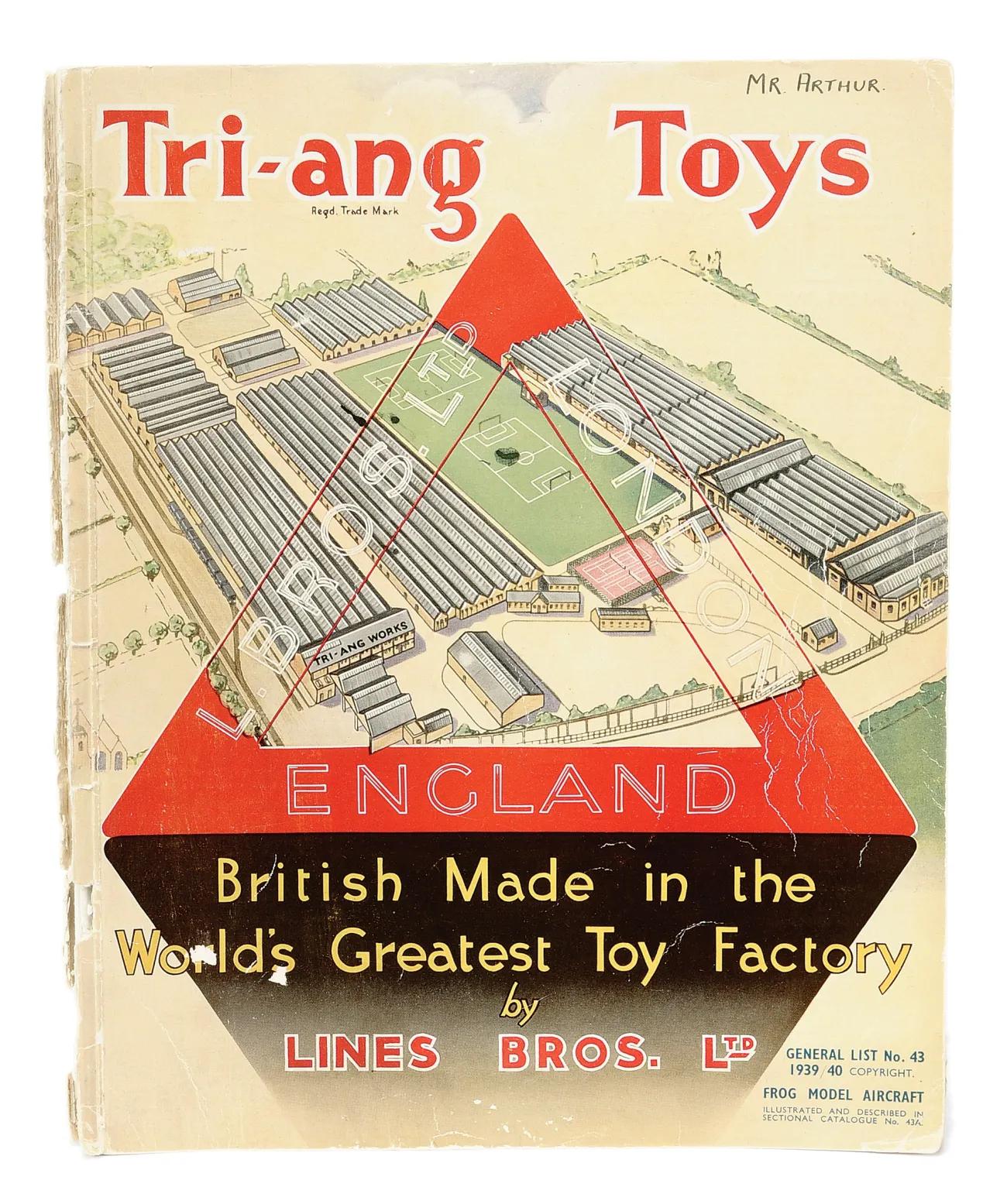
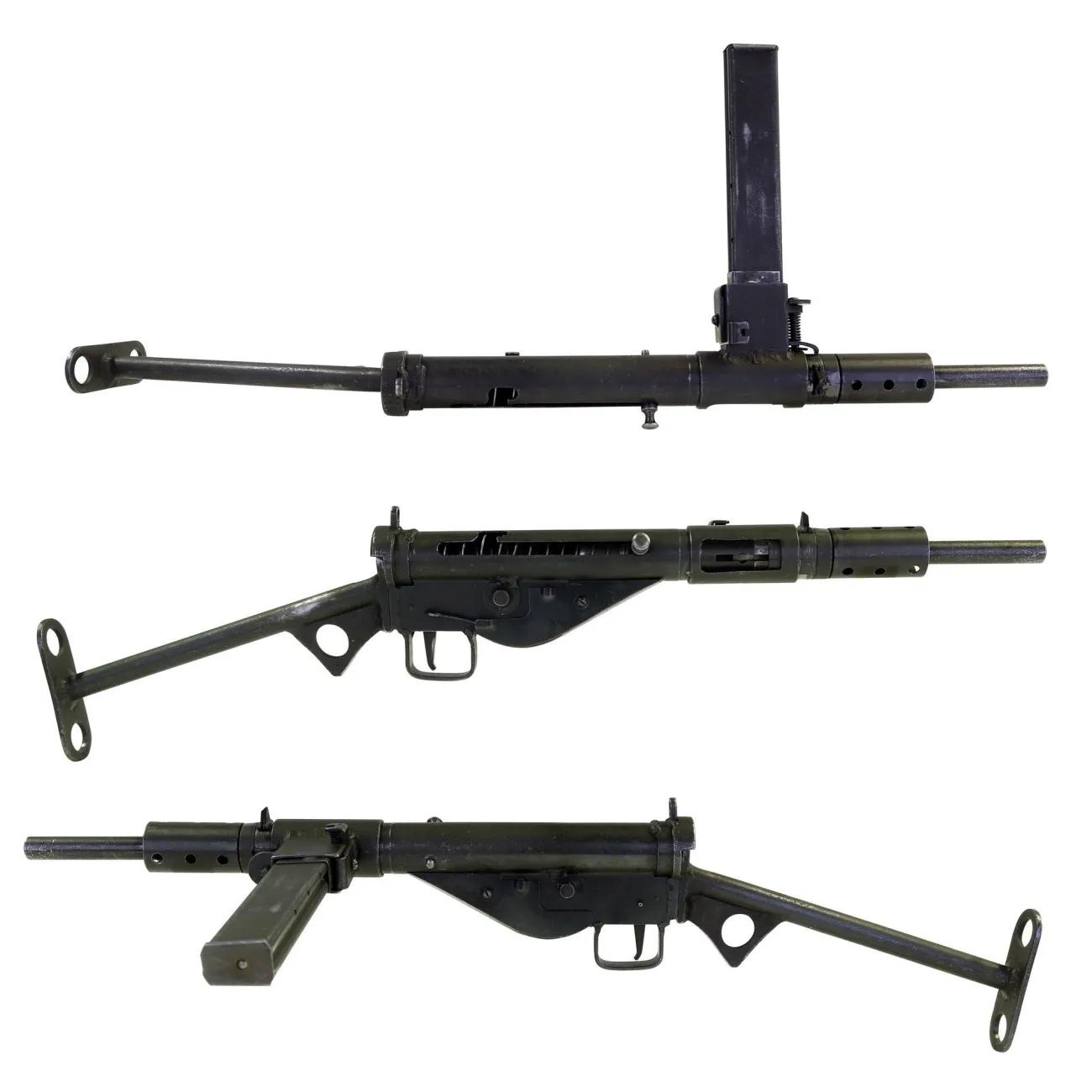
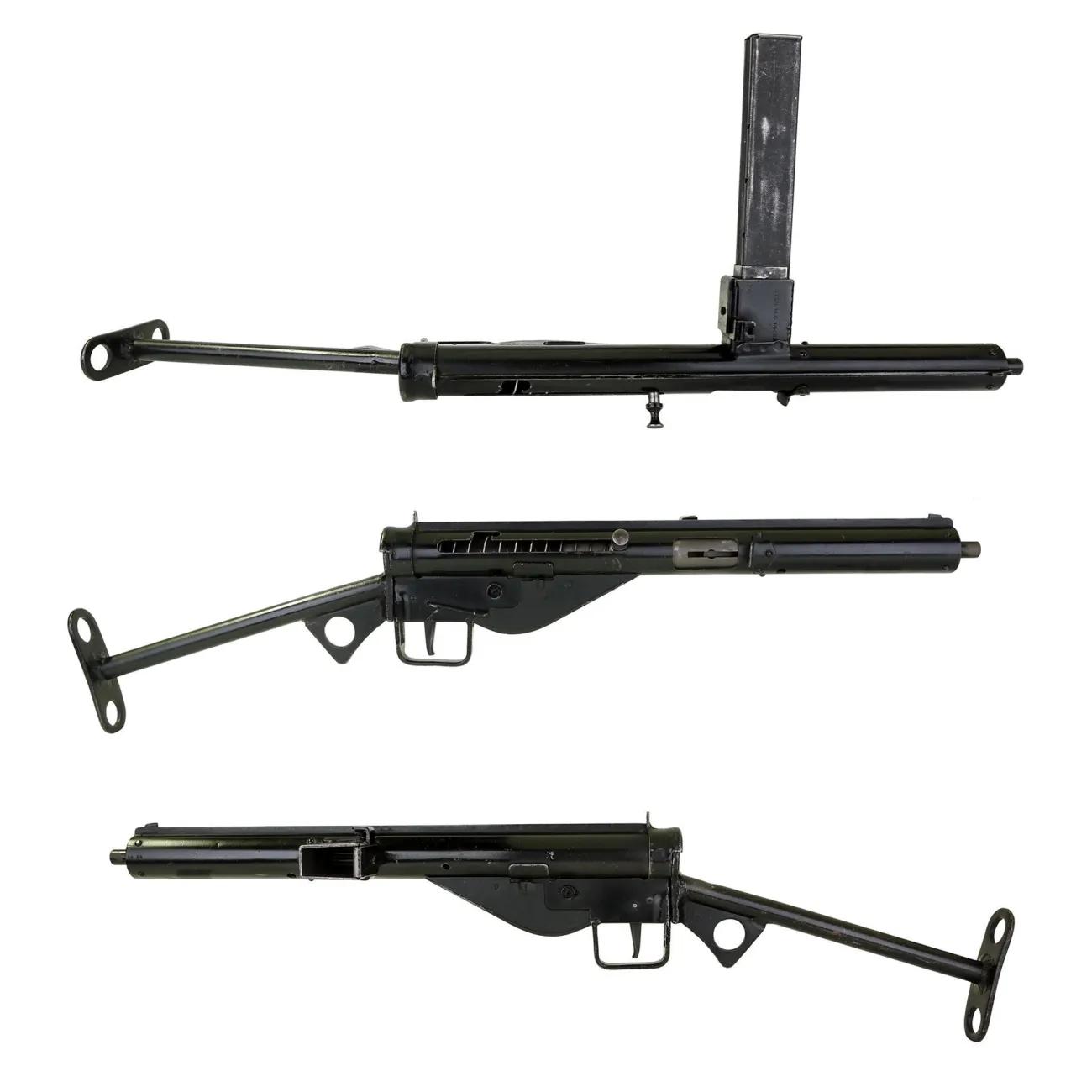
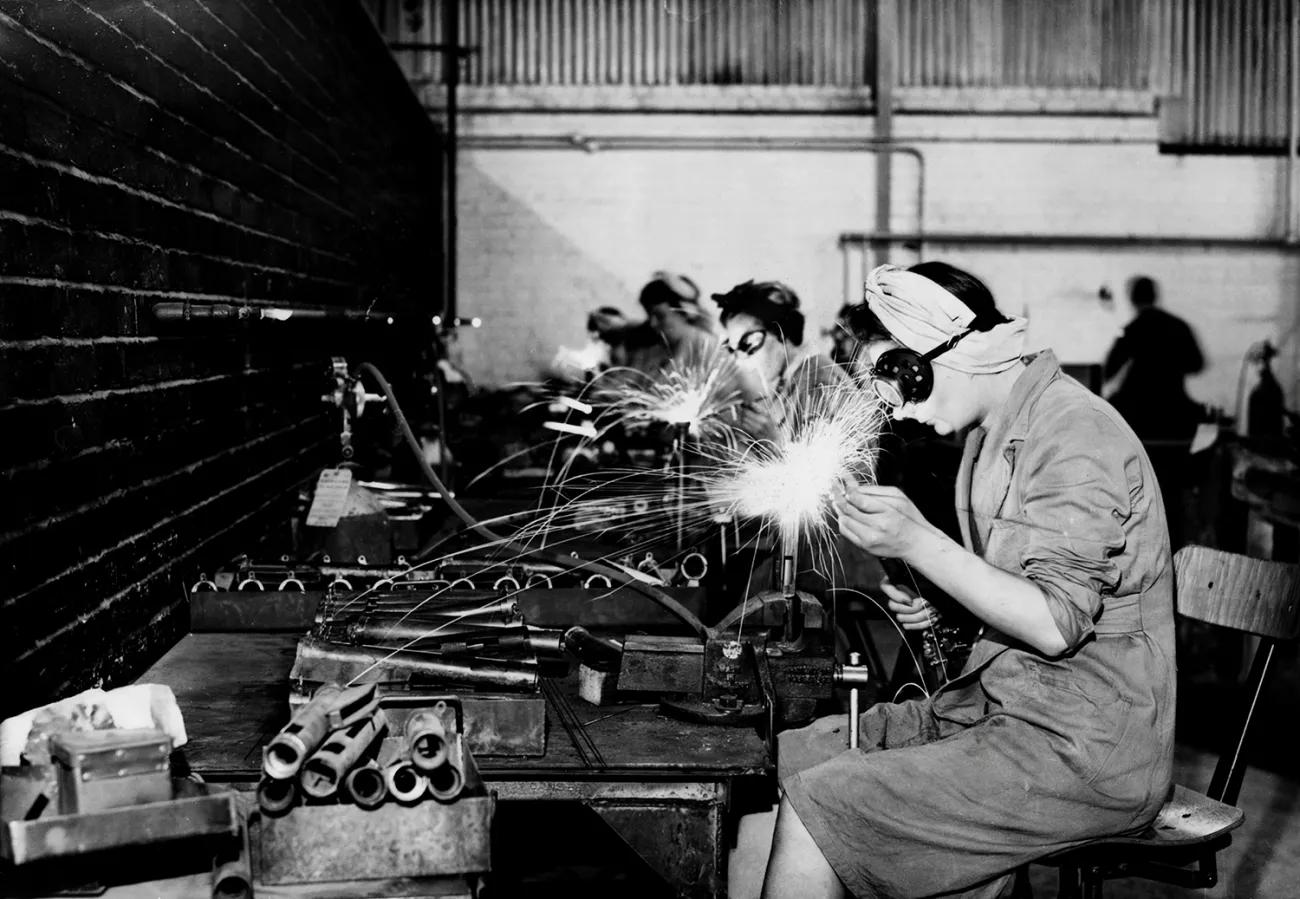
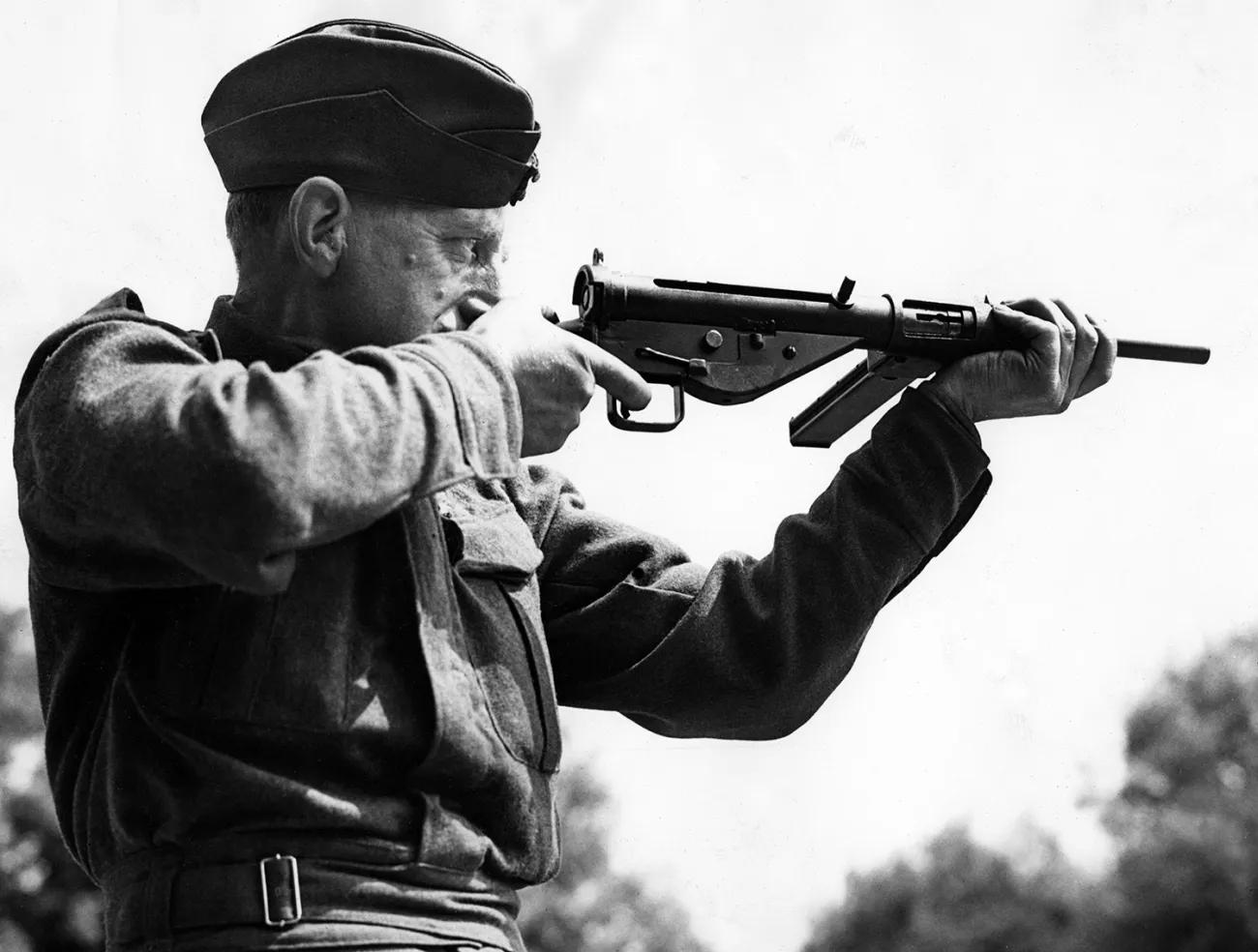
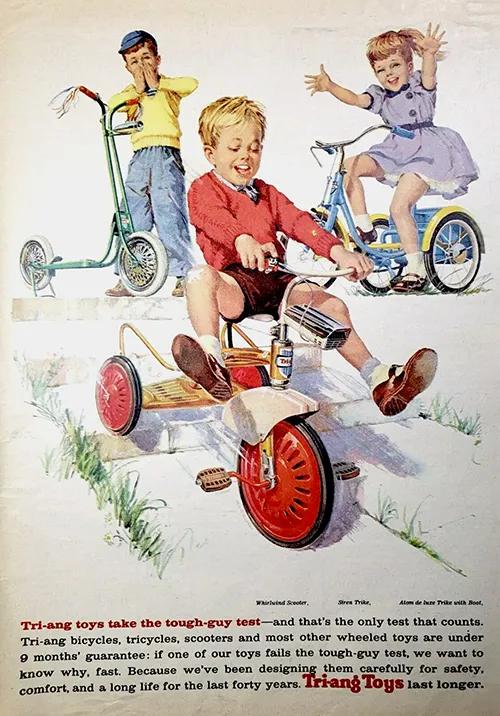
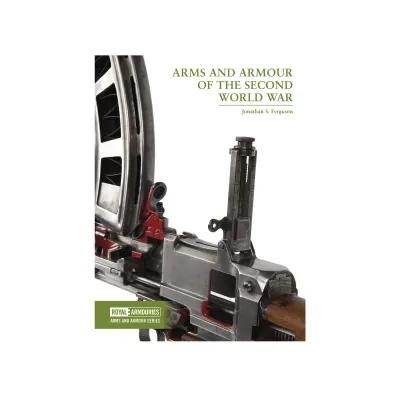
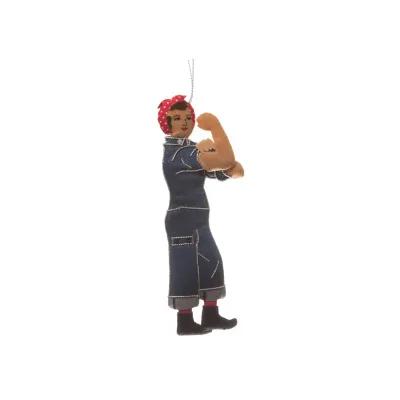
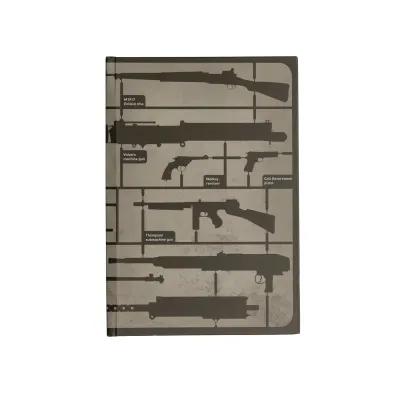
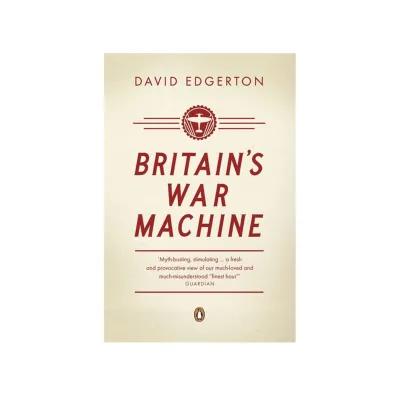

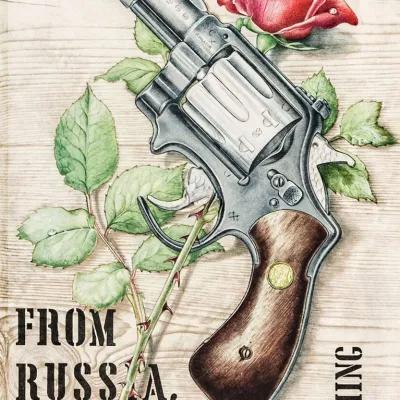
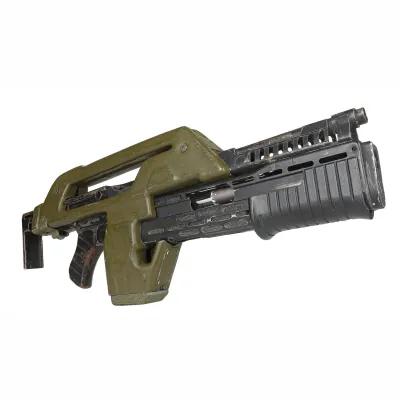

Join the conversation